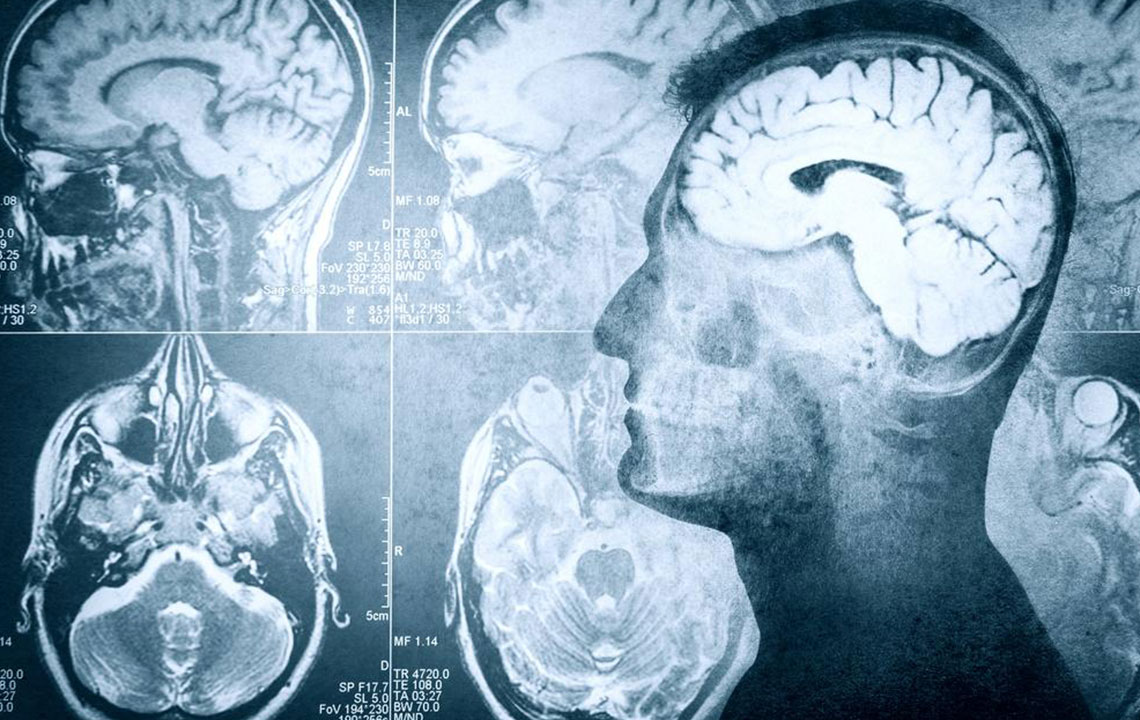Comprehensive Approaches to Managing Seizures
Discover effective strategies for managing seizures, including medication, surgery, Vagus nerve stimulation, and dietary approaches. Learn about symptoms, causes, and the importance of professional diagnosis for epilepsy. This comprehensive guide helps patients understand their options and emphasizes consulting healthcare professionals for personalized treatment plans.

Comprehensive Approaches to Managing Seizures
Seizures, often called fits, arise from sudden electrical disruptions in brain nerve activity. Their symptoms can differ greatly; some individuals may experience subtle signs like staring blankly, while others face uncontrolled body movements. Frequent seizures could signal epilepsy. If you or a loved one experience such episodes, understanding symptoms, causes, and treatment options is crucial. Common triggers include brain injuries, stress, tumors, heart conditions, infections, drug misuse, or medication side effects.
Prompt diagnosis via an EEG (Electroencephalogram) is essential to detect abnormal brain activity. Elevated fluctuations confirm epilepsy, paving the way for targeted treatment strategies.
Effective seizure management requires professional medical guidance. Never self-medicate or alter treatments without consulting a healthcare provider. Below are the primary strategies used to control seizures and improve quality of life.
Medication Therapy – The initial approach often involves anti-epileptic drugs, which do not cure epilepsy but significantly reduce seizure frequency. Doctors choose specific medications based on individual factors such as age, seizure type, and medical history. These medications are available as pills, capsules, or syrups. Adherence is critical; stopping medication prematurely risks seizure recurrence. Common side effects include fatigue, skin rashes, speech difficulties, headaches, and mood changes. Notify your doctor if noticeable adverse effects occur to adjust your treatment plan.
Surgical Intervention – Surgery may be recommended when seizures originate from a small, identified brain region unrelated to vital functions like vision or movement. Removal of this area can potentially eliminate epilepsy. Caution is necessary if seizure foci are near critical brain areas, making expert consultation vital to weigh risks and benefits, including possible irreversible damage.
Vagus Nerve Stimulation (VNS) – This minimally invasive procedure involves implanting a device similar to a pacemaker near the collarbone, connected via a wire to the vagus nerve. The device delivers regular electrical impulses, decreasing seizure frequency by 20-40%. While the exact mechanism remains under study, it is believed to modify brain chemical activity. Side effects may include throat discomfort, coughing, or a hoarse voice. The battery typically lasts around ten years, and anti-epileptic drugs are often still necessary.
Ketogenic Diet – A high-fat, low-carbohydrate, and low-protein diet, historically used before modern medications, can help control seizures in children. It alters brain chemistry and transmission, making seizures less likely. However, it's unsuitable for adults due to risks like diabetes and heart disease. Implementation should always be supervised by a neurologist. Potential side effects include slower growth, kidney issues, digestive problems, and dehydration.
Always seek professional guidance before choosing or changing treatment methods. Individual responses vary, and personalized care is essential for effective seizure management.










